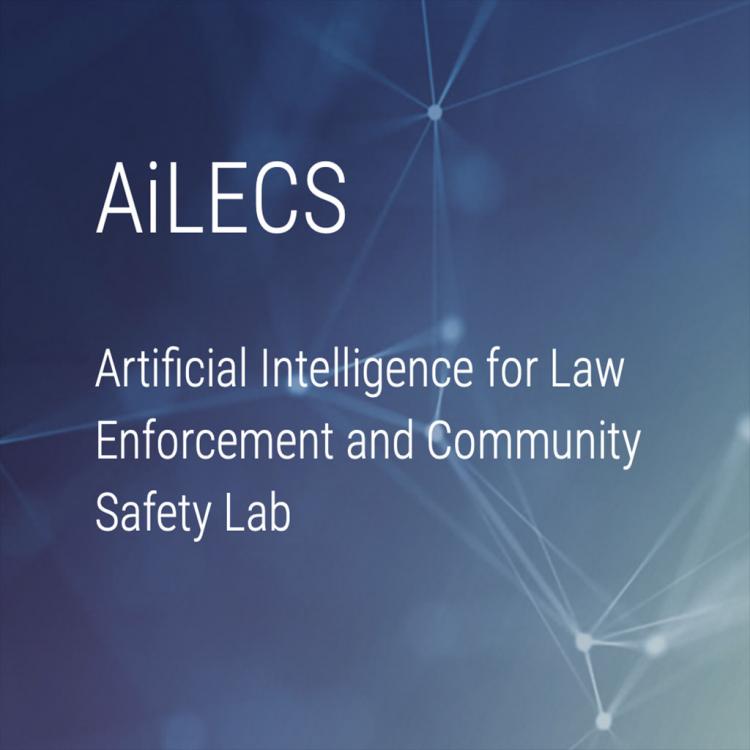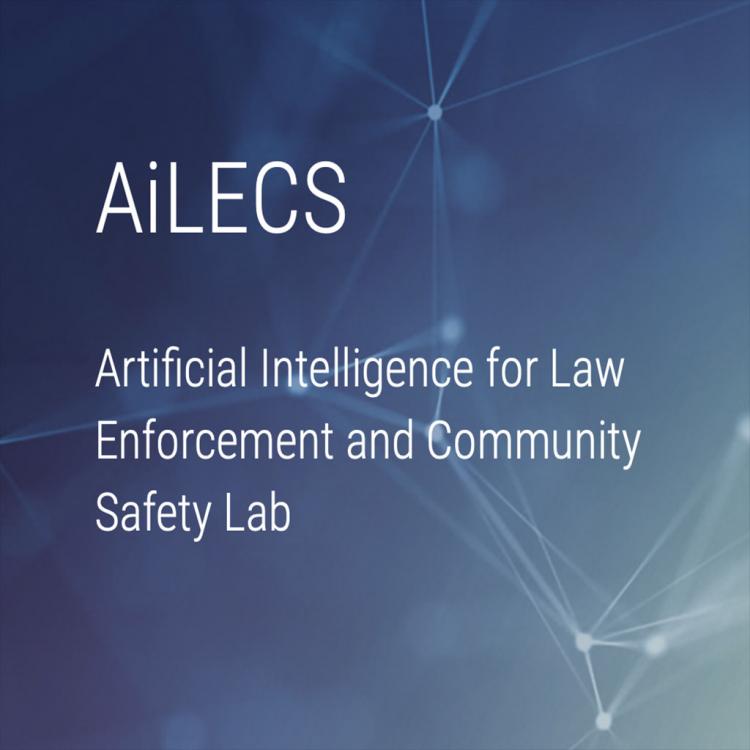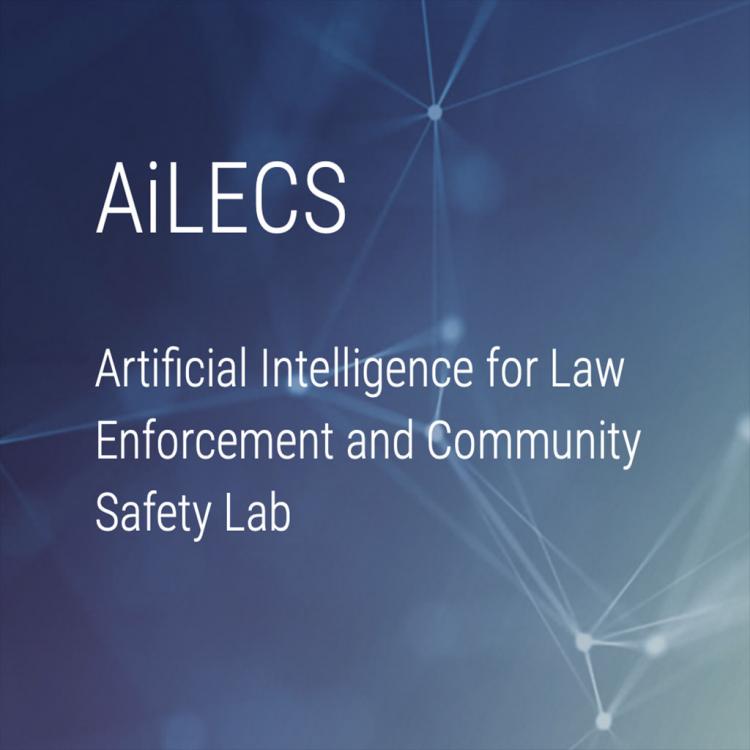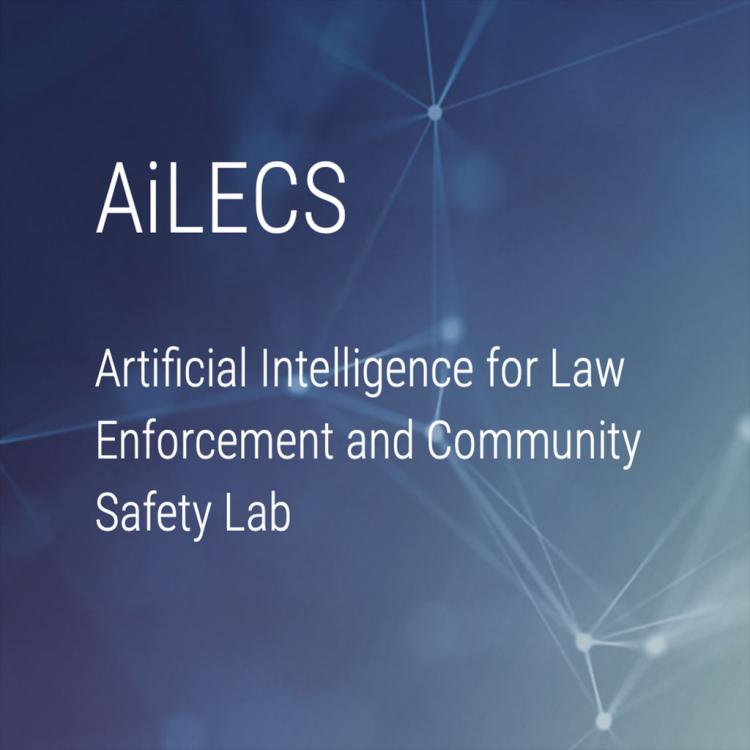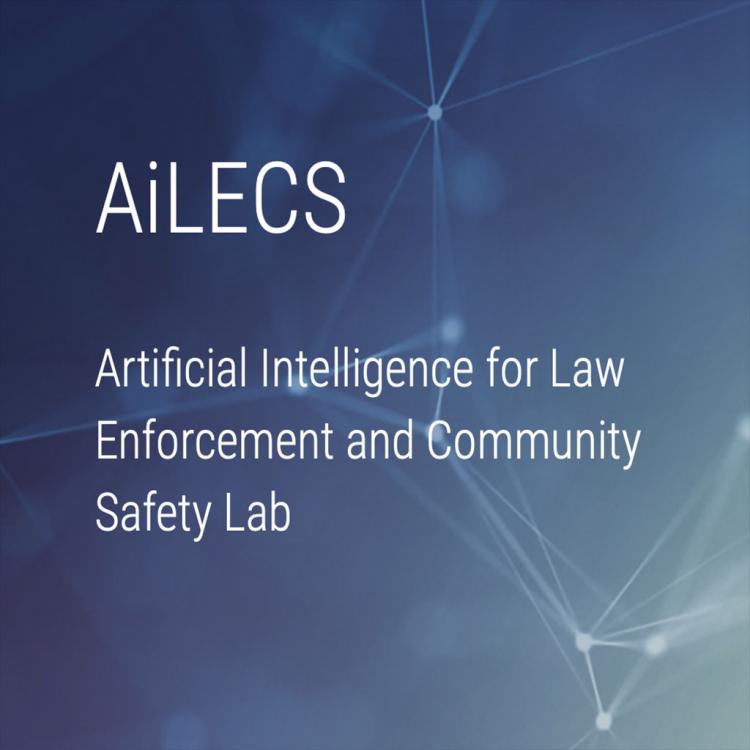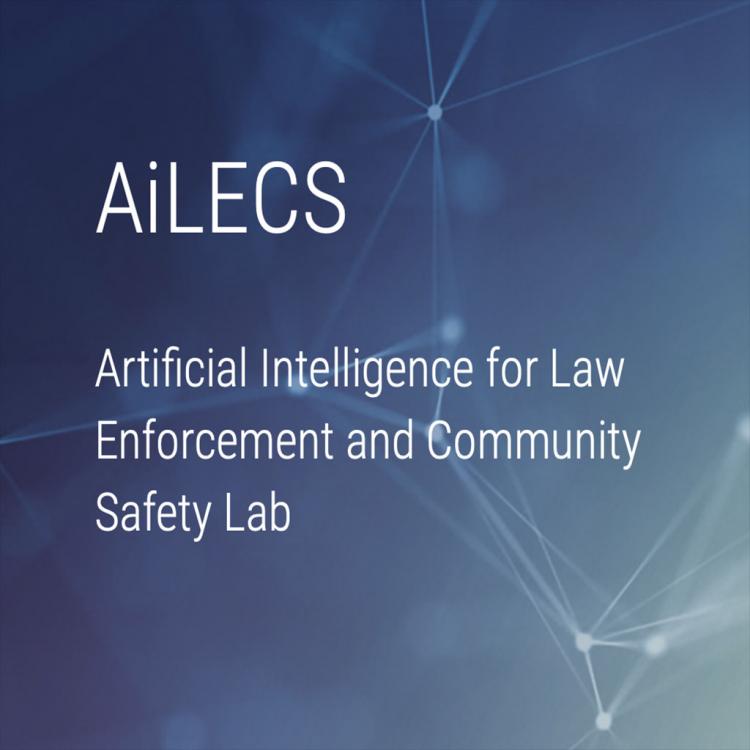This project aims to identify novel methods for inferring actors, activities, and other elements from short message communications. Covert communications are a specialist domain for analysis in the Law Enforcement (LE) context. In this project we aim to improve law enforcement’s understanding of online criminal communications, exploring texts for automated understanding of intent, sentiment, criminal capability, and involvement.
Research projects in Information Technology
Displaying 1 - 6 of 6 projects.
Explainability of AI techniques in law enforcement and the judiciary
This project will investigate and develop the ways in which AI algorithms and practices can be made transparent and explainable for use in law enforcement and judicial applications
Ethics of AI application in law enforcement
The use of AI in law enforcement and judicial domains requires consideration of a number of ethical issues. This project will investigate and develop frameworks that embed ethical principles in the research, development, deployment ,and use of AI systems in law enforcement (LE). A major focus is expected to concern the acquisition, use, sharing and governance of data for AI in this context.
Research and development data infrastructure for Law Enforcement
This project concerns the investigation of suitable socio-technical data infrastructure for law-enforcement research and development. International collaboration between law-enforcement agencies, research institutions, and commercial organisations is vital to address the large scale technical challenges inherent in combating criminal network activity. A significant issue in this work concerns the data infrastructure necessary for collaborative research into, and development of, analytical techniques and algorithmic models.
Developing classifiers for offensive material
This project will seek to further the research into and development of machine learning techniques that may be used to triage, classify, and otherwise process material of a distressing nature (such as child exploitation material). It will involve the use of deep neural networks for image, video, audio, social network, and/or text classification.
Spatio-temporal classification of images and video
This project aims to identify novel methods for inferring where and when photographs and videos were recorded from features of the material itself. A key requirement of image processing in a Law Enforcement (LE) context is to augment classification of material by identifying its spatio-temporal context.
